Last year when I was diagnosed with exocrine pancreatic insufficiency (known as EPI or PEI), I quickly noticed that many people in the online social media community I joined didn’t seem to have their pancreatic enzyme replacement therapy (PERT) working effectively for them.
Possibly because I have been counting carbohydrates and dosing insulin using a ratio of insulin to carbohydrates for ~20+ years (for type 1 diabetes), it came intuitively to me to try to develop ratios of the amount of enzymes compared to the amount of macronutrients I was consuming, For me, it worked really well (and you can read more about my methods for titrating enzymes and/or check out PERT Pilot if you have an iOS phone, which helps automating the dosing calculations based on logging what you eat).
However, I was surprised at how many people still seemed to share online that their PERT wasn’t working or that they still had symptoms. It made me curious: were these folks all newly diagnosed? How long does it take for most people to titrate their enzymes (e.g. arrive at an ideal dose or dosing strategy)? There seemed to be a mismatch between what I was seeing in real life in these communities versus what was in the medical literature about typical dosing of enzymes and expected outcomes for this community.
And so, I set out to do a survey to learn more. I sought permission from the administrators of the Facebook group, designed the survey, got the administrators’ feedback and incorporated it, had a few people trial the survey, and then shared it in the Facebook group and on Twitter.
I ended up closing the survey after 3 weeks and 111 responses, although I wish I had left it open to collect more data. I was so excited to analyze the data and get it published!
…but I forgot how long and silly the traditional medical literature publishing process is. I just now got this article published, almost a year later! Sigh. Anyway, this post is to share what we learned from the EPI Community survey and what I think people – both people with EPI and clinicians – should do based on this information.
(PS – the full research paper is available here and is open access and free to read anytime! Big thanks to Dr. Arsalan Shahid for collaborating with me on writing up the results and getting this published.
Below is a plain language summary that I wrote for those who don’t want to read the full paper.)
—
Understanding who took the EPI Community survey
First things first, it’s helpful to understand who ended up taking the survey to help us understand the results.
111 people with EPI filled out the survey. Most (93%) were female, and most happened to be in North America. So, this survey won’t necessarily represent the entire EPI community, based on the small sample size and the demographic makeup. (That being said, I found a previous EPI study on a smaller sample size with a majority of male participants where the findings matched pretty similarly, so I don’t think gender played a large role in the results).
But I was interested to see that the ages ended up being pretty balanced: the largest group was between 55 and 64 years (27%) followed by 65-74 (23%); 45-54 (21%); 34-44 (16%); 25-34 (6%); 75+ (5%); and 18-24 (2%). Also, the duration of how long people had EPI was also fairly distributed: diagnosed within 0-6 months (27%); 1-2 years (25%); 5+ years and 3-5 years (both 18%); or 6 months – 1 year (12%). This was all coincidental, as I did not do any particular recruitment based on age groups or length of EPI.
I was also interested and a little surprised to look at the list of other conditions that people have. 68% of people mentioned at least one other condition. Remember, we had 111 participants – and 26 of them (35%) mentioned having diabetes of any type. The next most common was celiac (10 people), followed by chronic pancreatitis (8 people) and acute pancreatitis (4 people).
This is compelling additional evidence supporting my recent systematic review that shows a higher prevalence of EPI among people with diabetes, and also adds to my argument that chronic pancreatitis and cystic fibrosis are likely NOT the biggest co-conditions associated with EPI. No, this study is not necessarily a representative sample of EPI, but this is more evidence added to these arguments. People with diabetes, celiac, and other conditions presenting with GI symptoms should be screened for EPI.
Understanding the Elastase in the EPI Community
The most common diagnosis test for EPI is the fecal elastase test. Most participants in this survey (all but 15 people) had their elastase tested, although not everyone shared the number or remembered what it was. 76 people shared their elastase results, so the sub-analyses related to elastase are based on this group rather than the overall survey participant number (111).
Of those who reported their elastase, the average was 92 (with a standard deviation of 57).
Remember that the diagnostic criteria for EPI say that anything <200 is considered to be EPI, with 100-200 being “mild/moderate” and <100 being “severe”, although the categorization technically doesn’t change anything including how much enzymes are given to people. (That being said, though, it shows that the majority of people surveyed do have severe EPI, which helps counter potential pushback on this survey that people with only slightly lowered elastase don’t have EPI. Many of us with elastase in the mild/moderate category, myself included, show clear response to symptoms on PERT no matter what the elastase number says, but there seems to be some resistance in the clinical community to prescribing PERT when elastase is 100-200.)
I ended up reviewing the elastase data by age group and also by duration of EPI (meaning how long people have had EPI). A statistical test showed that as age increases, elastase levels tend to decrease. That wasn’t surprising to me as many studies that I have read also show that older adults are more likely to have lowered elastase. I also ran a statistical test that showed that people who have had EPI for longer are more likely to have reported lowered elastase levels, again matching previous studies.
If you look at Table 1 in the paper, you can see the breakdown of enzyme dosing for meals and snacks for each of the duration sub-groups. I chose 0-6 months, 6 months to 1 year, 1 to 2 years, 3-5 years, and 5+ years as the duration groups to ask people about. In the elastase column you can clearly see that elastase lowers over the duration groups, too. You can also see the varied enzyme dosing (with standard deviations) by groups, too. Interestingly, the 0-6 month group takes the highest average enzyme dose, followed by the 5+ year group, with lower amounts in the other groups. This I haven’t seen reported in the literature as I haven’t found any other studies evaluating enzyme dosing in the real world nor any breakdowns by duration of EPI, so this would be interesting to repeat in a study that better controls for variables of age and duration of EPI.
We did not observe a statistical correlation between enzymes taken for meals or snacks and elastase levels. That didn’t surprise me personally because the enzyme dosing guidelines are not different based on elastase levels (e.g. people with elastase <100 or between 100-200 are given the same dose).
What Enzymes Are People Taking, And What About the Cost of PERT?
I had hypothesized that maybe some people adjust their meals in order to reduce enzyme cost, because PERT can be expensive.
Most people (100, which is 90% of participants) do take enzymes, and 87% are taking prescription enzymes. The results of what people take prescription-wise in terms of brand is likely influenced by the order in which the prescription options entered the US market, given that most participants are in North America. 5 people reported taking OTC enzymes only (see my comments about over the counter or OTC enzymes here), and 7 people take a combination of prescription and OTC. The biggest reason people reported taking OTCs or a mix was that the enzyme prescription was not written so that they had enough to cover a full month (which means they are not getting enough prescription enzymes from their doctor, and their prescription should be increased). 7 people also indicated that lack of insurance coverage for prescription enzymes was an issue and that even OTC enzymes were expensive for them. Otherwise, for those taking prescription enzymes, 40% have insurance and said the cost was reasonable for them; 32% find the cost of prescription enzymes expensive even with insurance.
Based on my curiosity, I had asked people how often cost played a role in choosing what to eat and/or how much enzymes to take, 32% of people said ‘yes often”, 20% said sometimes, and 40% said they do not change what they eat in order to change the amount of enzymes they’re taking.
Again, this is primarily in North America where PERT can be very expensive, so the results in other geographic regions with different health plans and coverage options for PERT would likely be very different to those questions about cost and modifying food and PERT intake!
People With EPI Are Not Taking Enough Enzymes
Here’s where I was most surprised by the data:
I knew anecdotally that many people with EPI weren’t taking enough enzymes, but this survey showed that only 1 in 5 people believe that they are always taking enough enzymes! Another 1 in 5 people said they are usually not taking enough, and the remaining 3 of 5 people think they take enough most of the time but not always.
Additionally, the data from this survey shows that the longer duration of EPI was correlated with taking less enzymes per meal. It’s possible that people were taking enough but their elastase production lowered further over time, and they did not (or were not able to due to lack of healthcare provider support for updating prescriptions) update their dosing over time, which I think would be another interesting area for future studies.
On average, individuals who reported their elastase levels were taking 64,303 (SD: ±39,980) units of lipase per meal (minimum 0; maximum 180,000). There were 14 participants who reported taking less than or equal to 30,000 units of lipase per meal; 7 participants reported taking between 30,000 and 40,000 units of lipase per meal; 6 participants who reported between 40-50,000 units of lipase per meal and 44 participants who reported taking >=50,000 units of lipase per meal. What do these numbers mean? Well, most dosing guidelines recommend a starting dose of 40-50,000 units of lipase per meal, so this means that the majority of people are taking at least the recommended starting dose (or higher), whereas about a third are taking well under even the recommended starting dose (more from me here in this blog about starting dose and the ranges people should increase to).
It probably will surprise a lot of clinicians to see that the average intake was around 64,000 units of lipase (with a large standard deviation, which means there was a lot of variance in dose sizes). It’s surprising because this is above the typical starting dose yet the majority of this population, as described above, is still experiencing symptoms and still not always taking enough enzymes to manage these symptoms
It’s also worth noting that most people said they still have not arrived at the ideal enzyme dosing: 42% said they still weren’t there yet. For those who thought they did have the ideal enzyme dosage, it took anywhere from a few weeks (16%) to a few months (20%); more than 6 months (10%), more than a year (10%) or even up to a few years (3%).
In summary:
People with EPI are not taking enough enzymes; are not arriving at an ideal dose quickly; and it is absolutely worth it for any clinician who sees someone with EPI – even someone who has been diagnosed by another clinician or had EPI for a long time – to check to see whether their prescription is meeting their needs and/or whether they need support in increasing their dose to resolve symptoms!
—
Recommended Takeaways From This Study
Patients (aka, people living with EPI):
- If you are still experiencing symptoms, you may need to take more enzymes. The starting doses should be around 40-50,000 and it’s common for many people to need even larger doses. Based on this study, some people take up to 180,000 units per meal!
- Talk to your doctor if you need your script adjusted, and remember PERT pills come in different sizes so you may be able to get a higher pill size (which holds more enzymes) so you have to take fewer pills per meal.
- If your doctor seems resistant to adjusting your prescription, I have citations in this blog post that you can share listing out the various guidelines that point to 40-50,000 units of lipase being the starting dose with guidelines to increase up to 2-3x as needed based on the individual’s symptoms – share those guidelines/citations with your clinician if needed.
- Over time, it is possible you will need to change your enzyme dosing as your body changes.
Doctors who treat people living with EPI
- Other studies show that the majority of people with EPI are undertreated, even when compared to the baseline level of starting doses. This survey shows most people need more than the ‘starting dose’, so don’t be surprised and also proactively talk with patients about increasing enzyme doses and how to do so, and be prepared to update prescriptions for PERT over time.
- Treat people with mild/moderate EPI (fecal elastase results 100-200, and not just those <100). The symptom burden of EPI is pretty significant even in those of us with mild/moderate EPI. Yes, PERT can be expensive, but let patients make the choice to treat/manage and don’t make the choice for them by refusing to prescribe PERT for elastase <200.
- If symptoms aren’t resolved on the initial dose given, follow the guidelines for increasing the doses 2-3x from the starting 40-50,000 dose before considering adding a PPI or investigating other causes after that. But, dropping PERT after a short trail of a dose of <40,000 is not an approved nor evidence-based approach to treating EPI. Dose according to the starting guidelines and follow up or explain to your patients how to follow up on their own in order to increase their prescription as needed. Think of PERT similarly to insulin, where dosing is also self-managed by patients at every meal.
- Speaking of insulin and diabetes: EPI occurs in more people than you think, and people with diabetes and celiac and other conditions need to be screened for EPI. Chronic pancreatitis is not the leading cause of EPI.
—
The paper described in this blog post can be accessed here for free – it’s open access!
You can cite it as:
Lewis DM, Shahid A. Survey on Pancreatic Enzyme Replacement Therapy Dosing Experiences of Adults with Exocrine Pancreatic Insufficiency. Healthcare 2023, 11,2316. https://doi.org/10.3390/healthcare11162316
—
Want to read more about EPI? Check out DIYPS.org/EPI for other posts I have written about my personal experiences with EPI and PERT, plus links to my other EPI-related research papers (with more on the way!)
—
You can also contribute to another research study – take this anonymous survey to share your experiences with EPI-related symptoms!
—
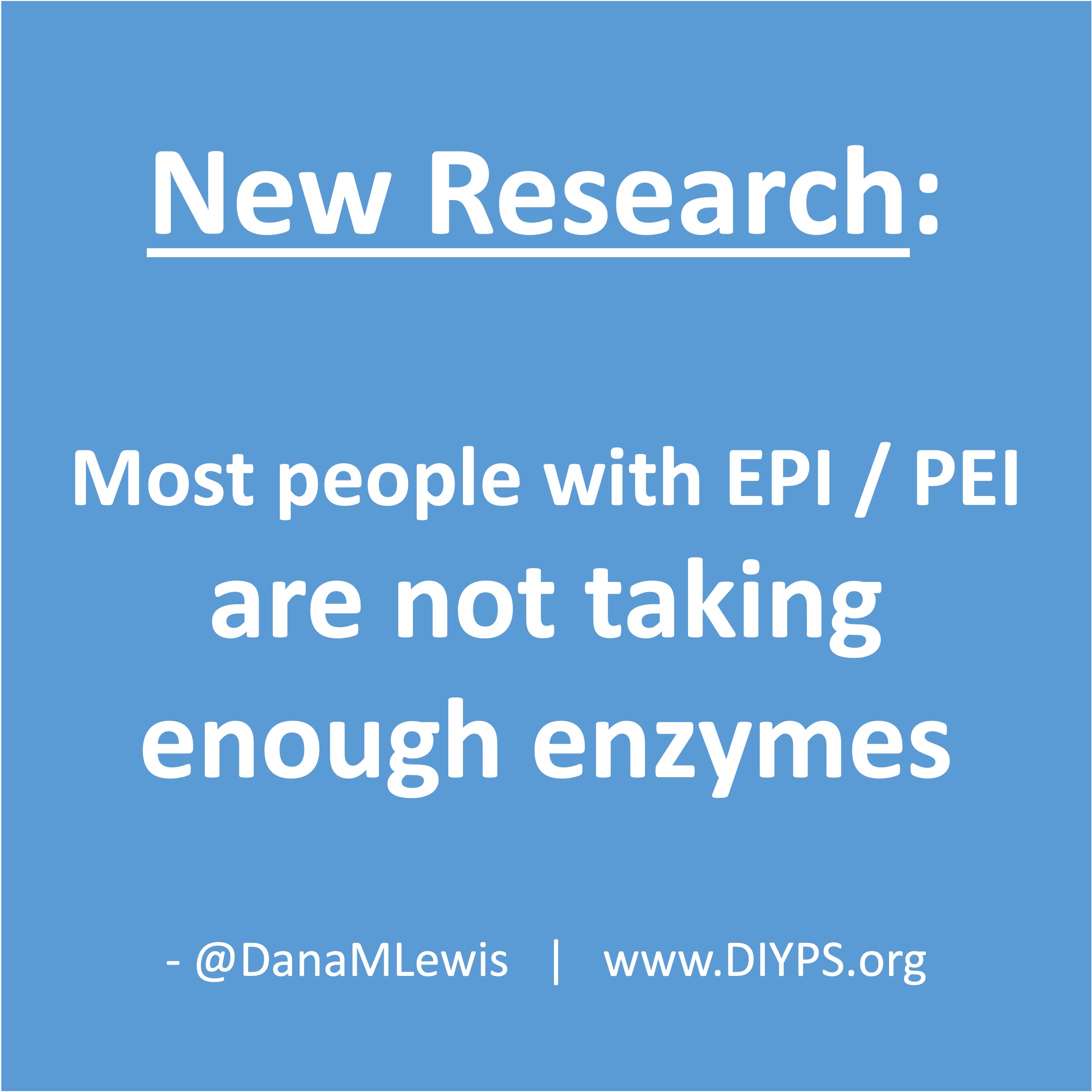
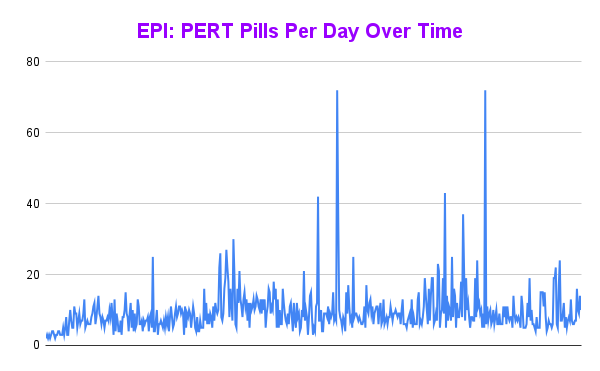

 Celiac disease is more common in people with diabetes (~5%) than in the general public (0.5-1%). Gastroparesis, when gastric emptying is delayed, is also more common in people with diabetes (5% in PWD).However, the prevalence of EPI is 14-77.5% (median 33%) in Type 1 diabetes and 16.8-49.2% (median 29%) in Type 2 diabetes (and 5.4-77% prevalence when type of diabetes was not specified). This again is higher than general population prevalence of EPI.
Celiac disease is more common in people with diabetes (~5%) than in the general public (0.5-1%). Gastroparesis, when gastric emptying is delayed, is also more common in people with diabetes (5% in PWD).However, the prevalence of EPI is 14-77.5% (median 33%) in Type 1 diabetes and 16.8-49.2% (median 29%) in Type 2 diabetes (and 5.4-77% prevalence when type of diabetes was not specified). This again is higher than general population prevalence of EPI.
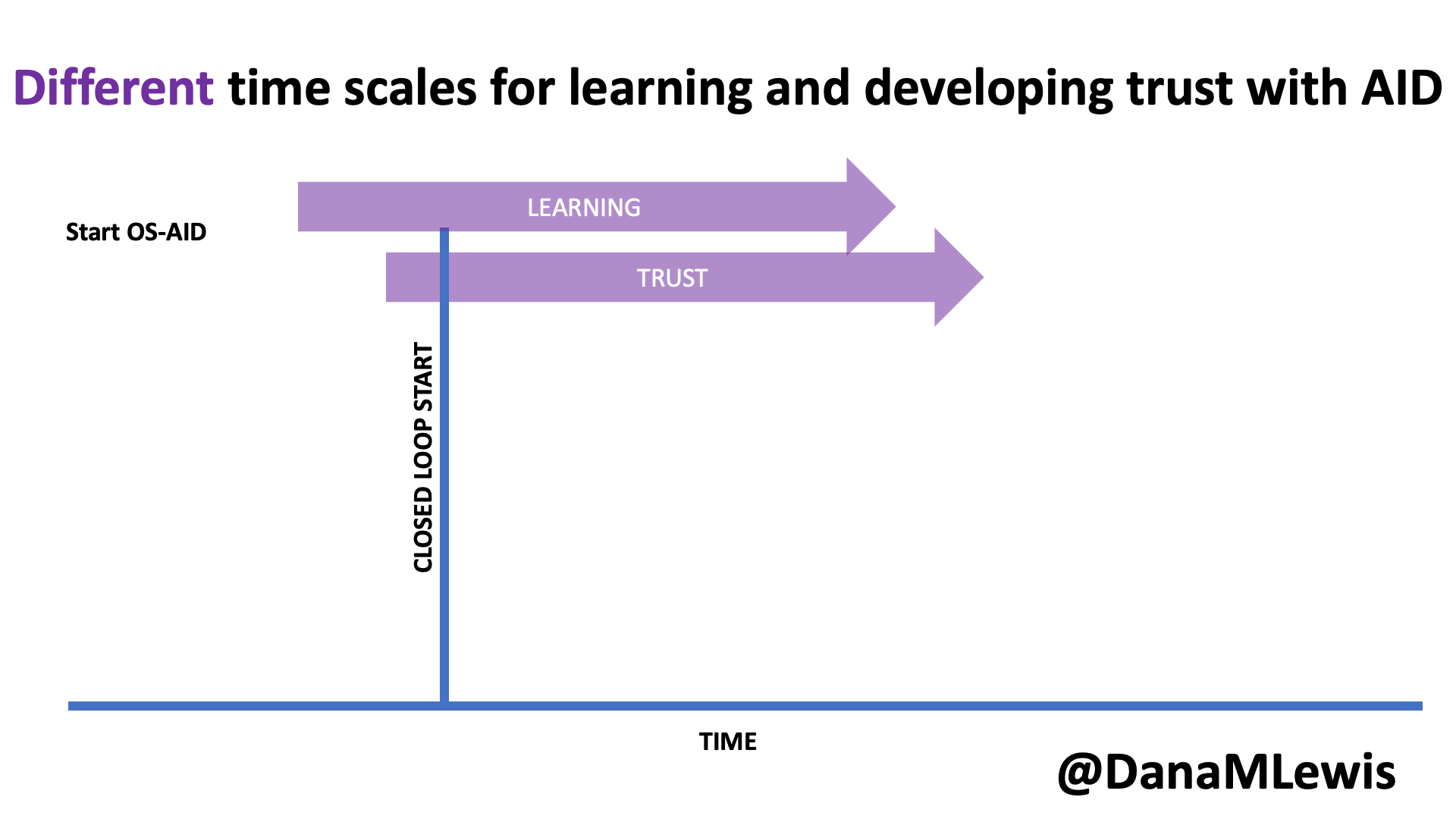
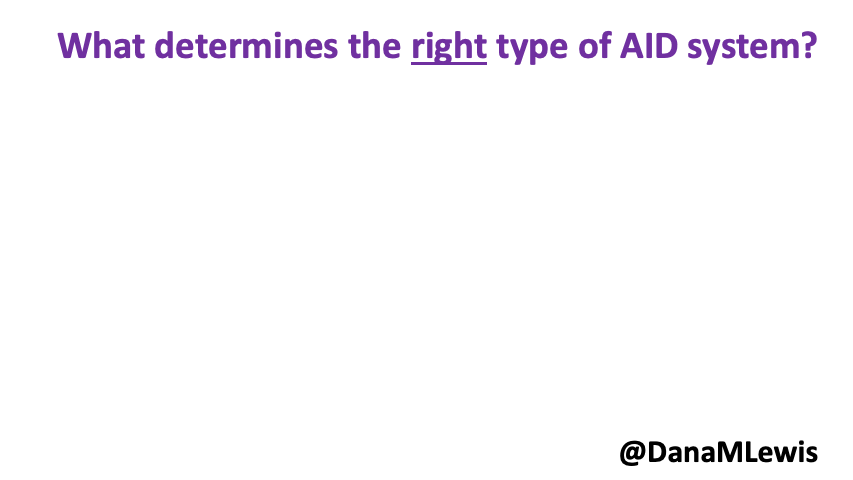


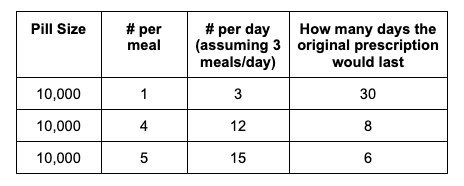
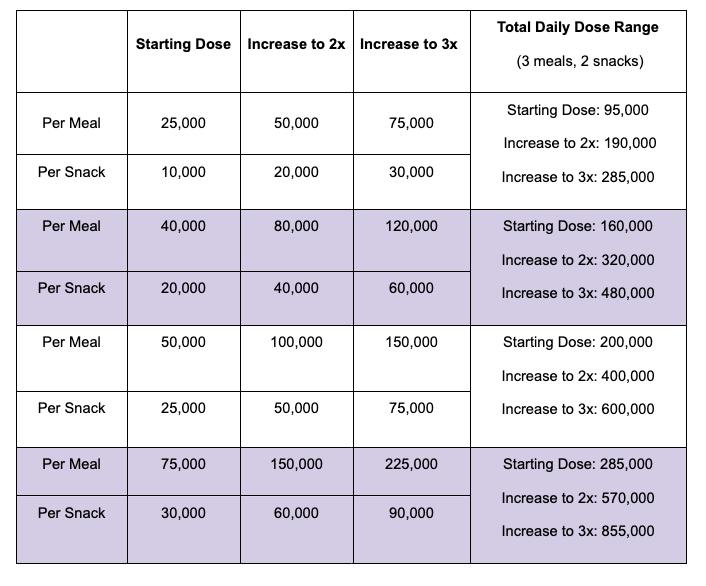
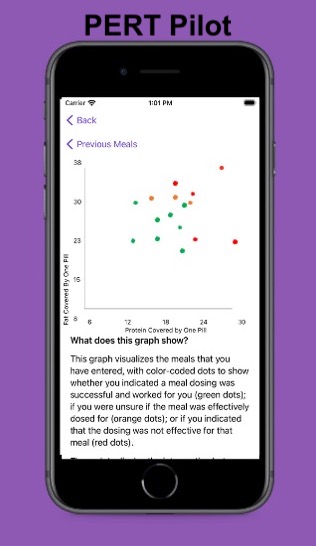 For example, I was initially prescribed an enzyme dose that was one pill per meal (and no snacks), so I had 3 pills per day. But I quickly found myself needing two pills per meal, based on what I was typically eating. I summarized my data to my doctor, saying that I found one pill typically covered up to ~30 grams of fat per meal, but most of my meals were >30 grams of fat, so that I wanted to update my prescription to have an average of 2 pills per meal of this prescription size. I also wanted to be able to eat snacks, so I asked for 2 pills per meal, 1 per snack, which meant that my prescription increased to 8 pills per day (of the same size), to cover 2 pills x 3 meals a day (=6) plus up to 2 snacks (=2). I also had weeks of data to show that my average meal was >30 grams of fat to confirm that I need more than the amount of lipase I was originally prescribed. My doctor was happy to increase my prescription as a result, and this is what I’ve been using successfully for over a year ever since.
For example, I was initially prescribed an enzyme dose that was one pill per meal (and no snacks), so I had 3 pills per day. But I quickly found myself needing two pills per meal, based on what I was typically eating. I summarized my data to my doctor, saying that I found one pill typically covered up to ~30 grams of fat per meal, but most of my meals were >30 grams of fat, so that I wanted to update my prescription to have an average of 2 pills per meal of this prescription size. I also wanted to be able to eat snacks, so I asked for 2 pills per meal, 1 per snack, which meant that my prescription increased to 8 pills per day (of the same size), to cover 2 pills x 3 meals a day (=6) plus up to 2 snacks (=2). I also had weeks of data to show that my average meal was >30 grams of fat to confirm that I need more than the amount of lipase I was originally prescribed. My doctor was happy to increase my prescription as a result, and this is what I’ve been using successfully for over a year ever since.
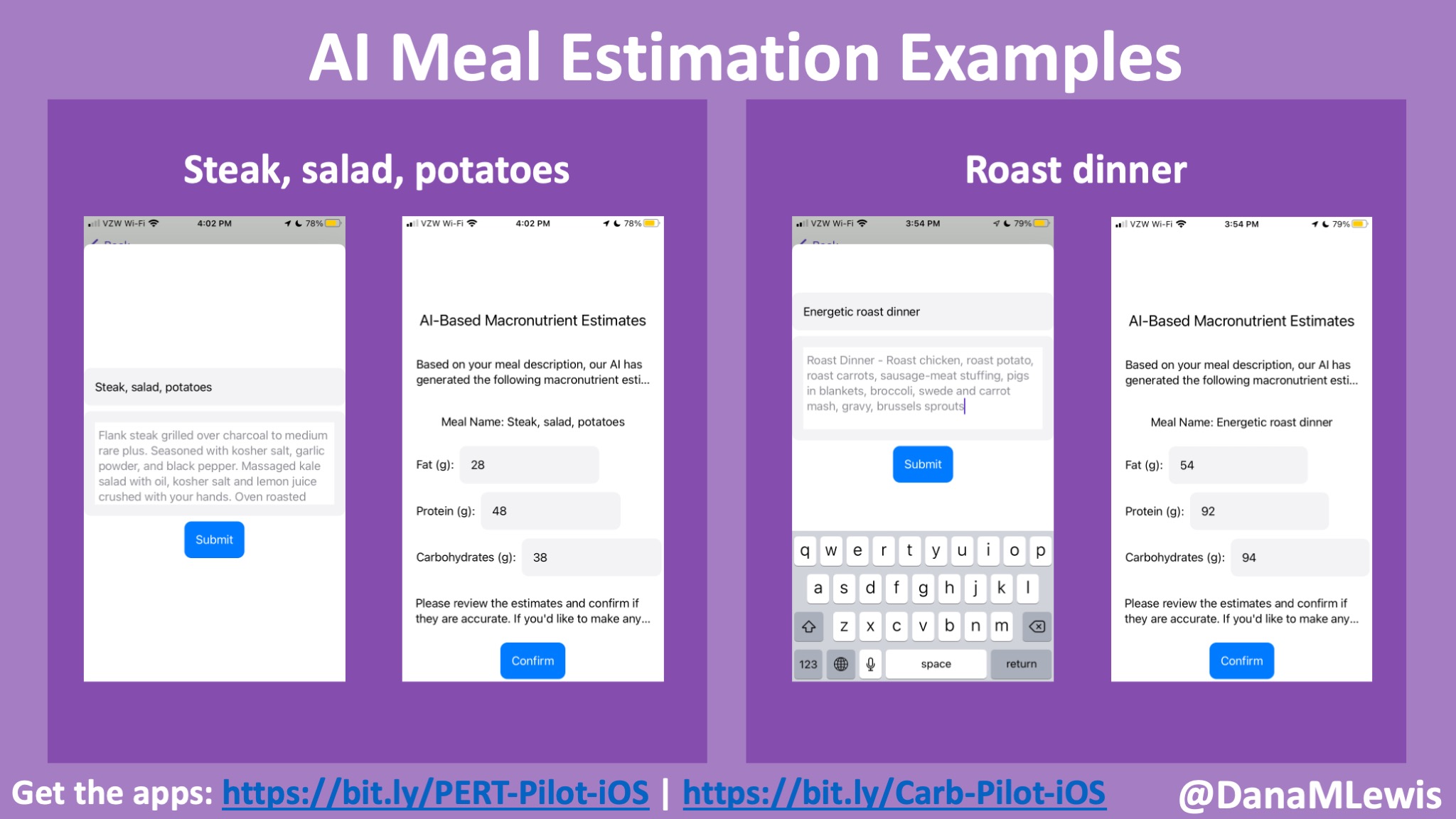
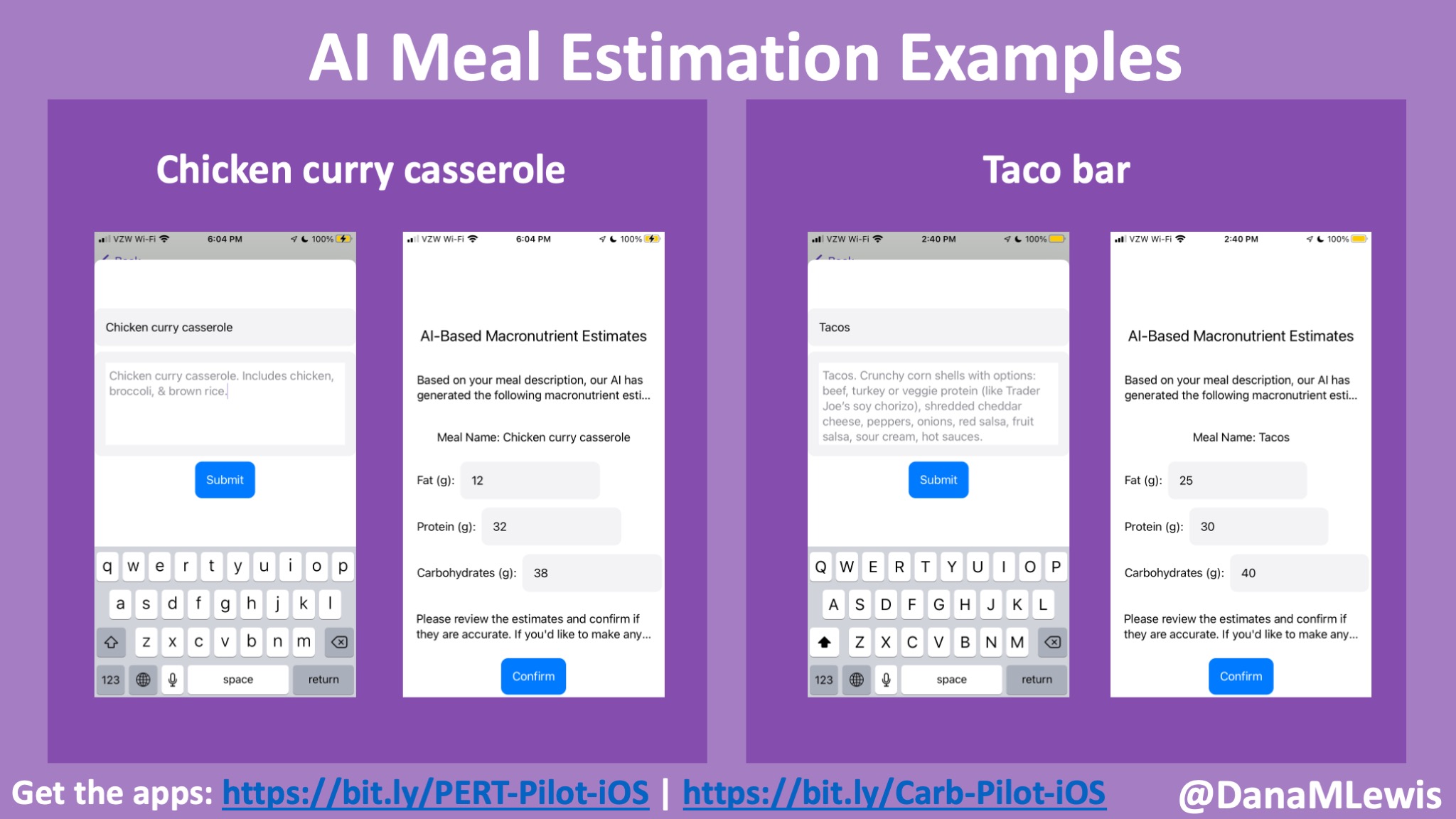
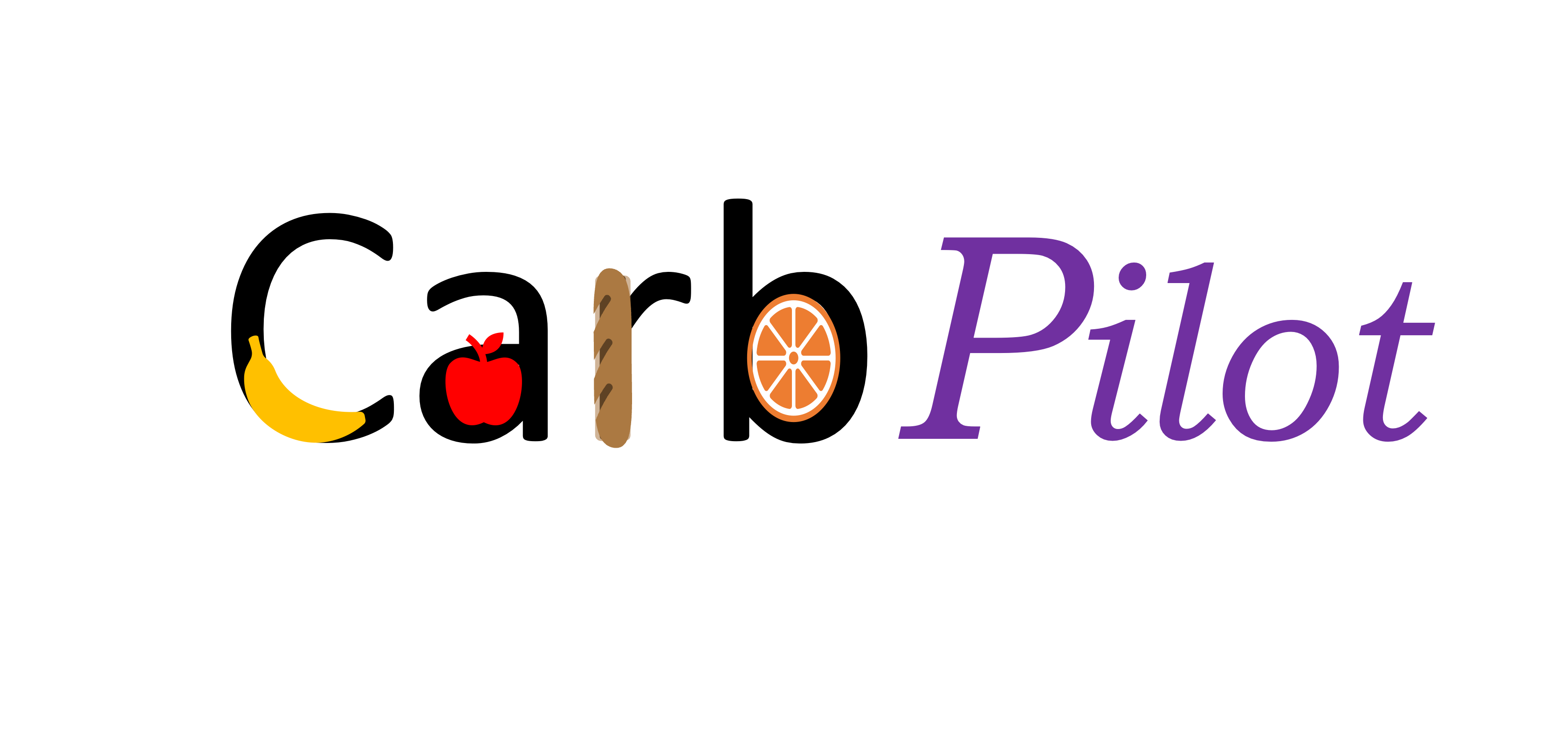


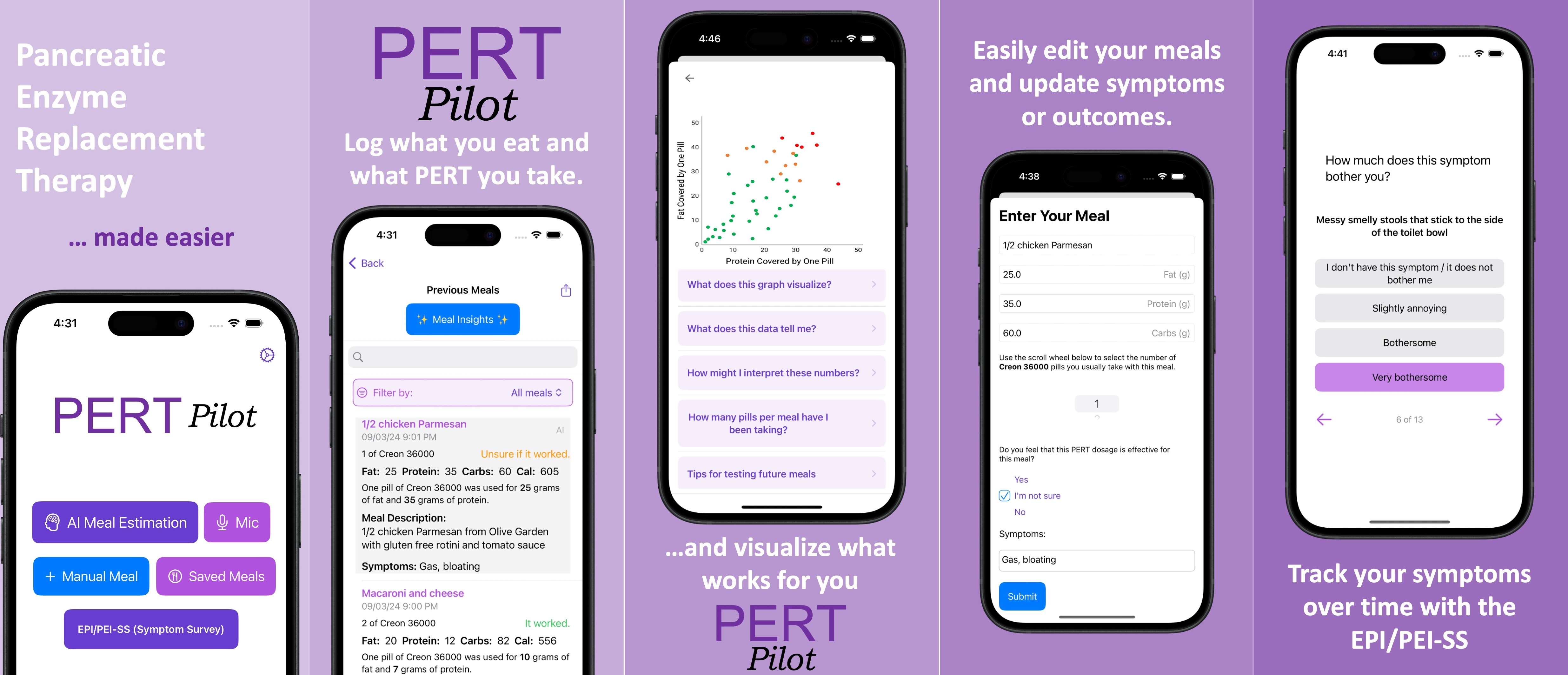
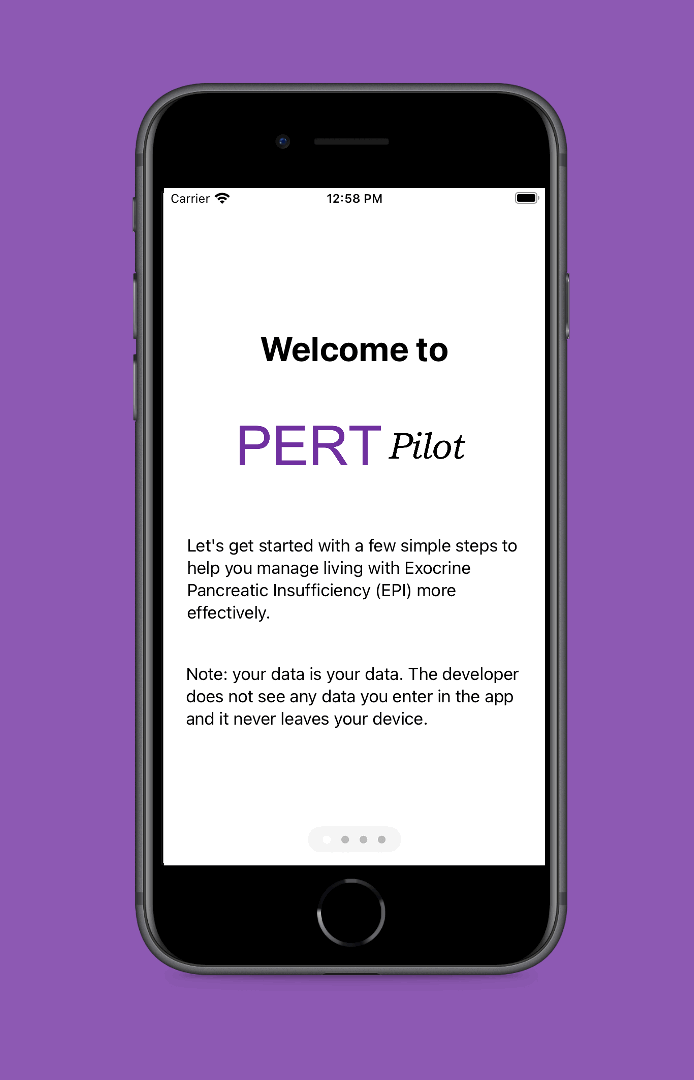
Recent Comments